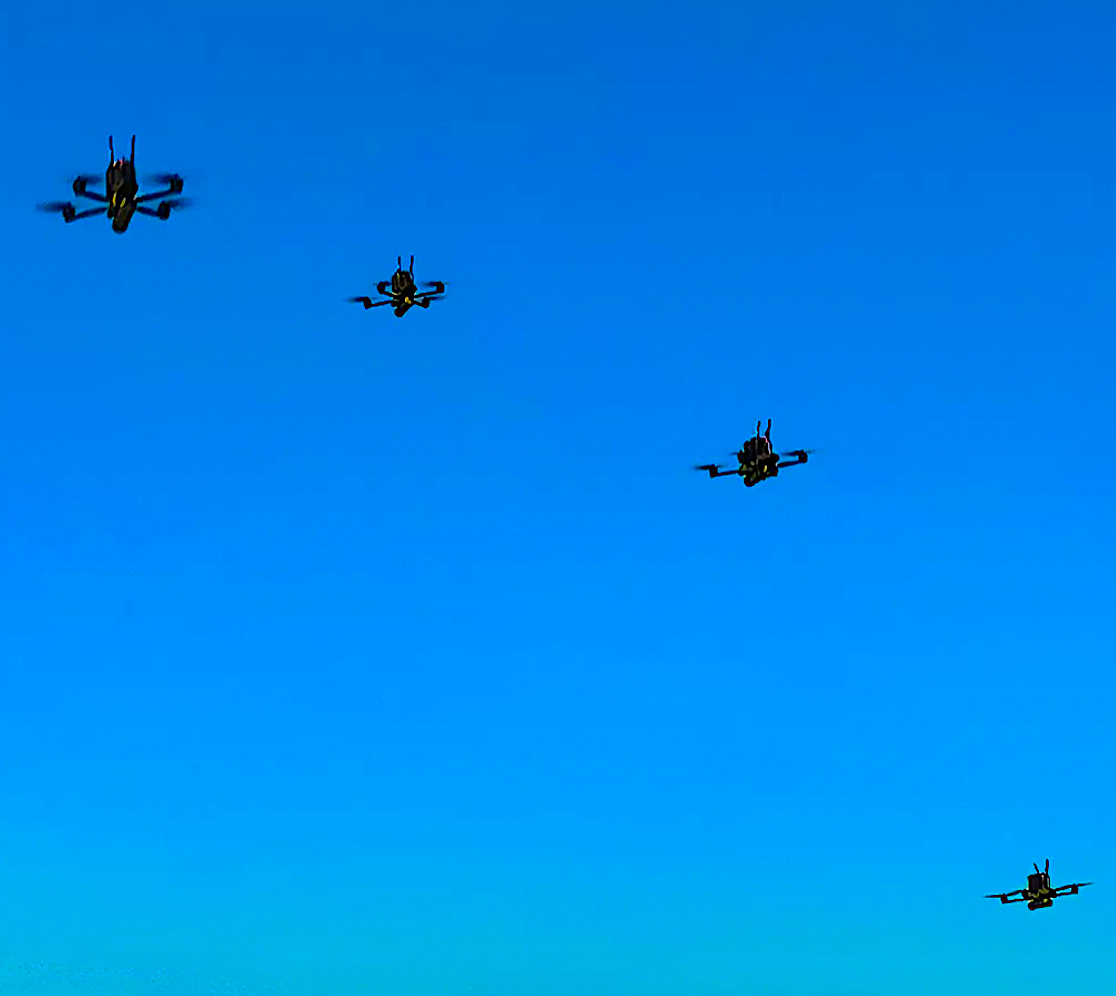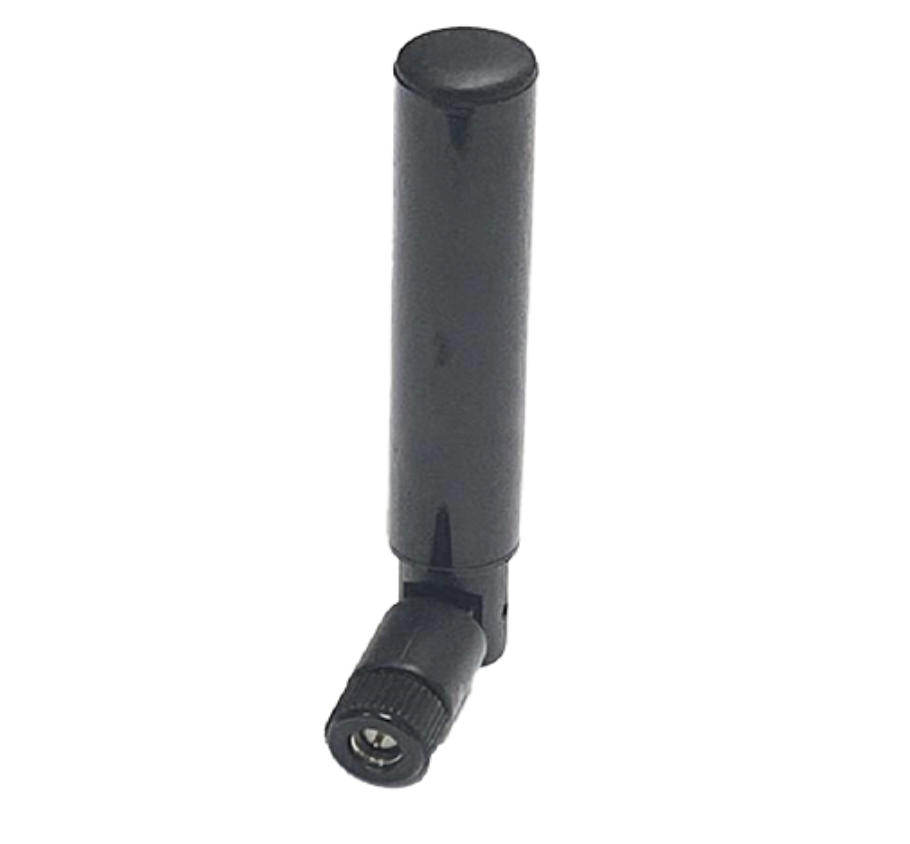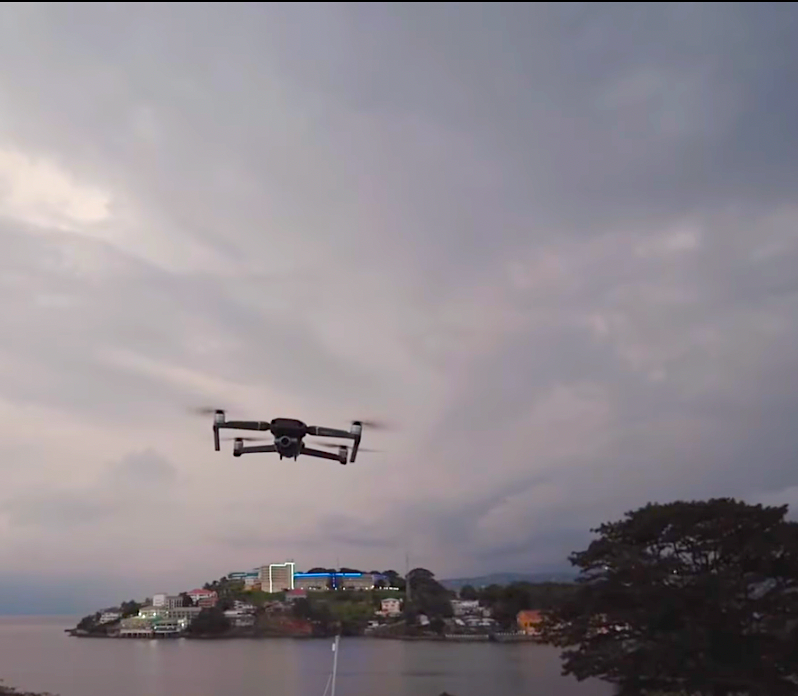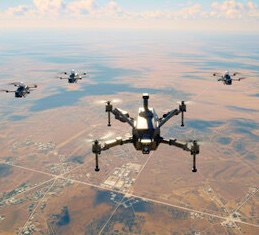Featured NewsTrending NewsMilitaryOpinion: The Future of Air Defense Must Be Smarter, More Affordable, and Reusable

04 December 2023
[Note: This article originally appeared in the Anduril Newsroom.]

By Lt. General Neil Thurgood (U.S. Army, retired), Senior Vice President, Anduril
U.S. troops have been attacked a staggering 73 times in recent weeks due to a surge in low-cost, mass-produced drones that have given adversaries the upper hand. Unfortunately, air defenders now face a daily dilemma of whether to use expensive and limited stocks of missiles against cheap drones our adversaries can afford to lose.
As a recent CSIS report notes, “the entire joint force must now look up” for small and mid-sized drones in particular, which operate between the seams of overlapping air defenses. And to a stunning degree, they have completely bent the cost curve away from defenders — with high-priced missiles often the only option for defending against these attritable drones. Meanwhile, the coming age of complex coordinated drone and missile attacks suggest that today’s challenges will only become more pronounced in the years ahead.
As we prepare for future threats to be more numerous and faster-moving than defenders can manage, we must envision more effective and affordable options than our current approach of using multi-million-dollar missile shots against thousand-dollar drones. We may never achieve exact cost parity with threats, but the solution fundamentally lies in driving down the cost per interception. Piecemeal upgrades of conventional effectors for marginal improvements won’t do it. We must build effectors that are similar in design to the drones they have to defeat: smarter with software, more affordable, and increasingly reusable.
Time is of the essence when agile drones or missiles are inbound. Adversaries only need to get lucky once, while air defenders must remain on alert 24 hours a day to detect, track, identify, and defeat threats all within minutes (at best). In the case of confirmed drone threats, defenders mainly rely on close-in weapons and high-priced missiles to counter them. But these effectors can only be used when there is absolute certainty of danger since they are gone forever after launch — so air defenders often lose precious minutes calling to deconflict with adjacent units or air operations centers and re-checking their systems as attacking drones rapidly close the distance to their targets.
At a minimum, the next generation of air defense must provide layered capability that can detect and effect everything from small, slow-moving drones to fast-flying cruise missiles. But more importantly, air defenders need the ability to launch low-cost effectors upon initial detection of threats to give commanders more time, space, and better data to prioritize which threats to defeat. In other words, we must “push out the line of scrimmage” for defenders with capability that leapfrogs over the threat of today to where the threat of tomorrow will be.
Just as Navy pilots fly ahead of aircraft carriers to clear air space of threats and Air Force pilots stand on alert ready to scramble jets towards potential adversaries, air defenders should be able to scramble their own effectors, too. Missiles and other conventional defeat capabilities will continue to play an important role in countering high-end threats. But the game-changing potential of reusable and more affordable interceptors can provide defenders with capability — similar to fighter jets — that allows them to loiter and clear air space; intercept and destroy all manner of threats; and, if unneeded for detections that turn out to be harmless, the ability to safely recover the effector for refueling and reuse.
Recoverability is a particularly important evolutionary step in delivering such a solution, and the story of SpaceX illustrates why: Not so long ago, from the early 2000s until about 2014, the United States was reliant on Russia to supply rocket engines to launch satellites into space. But reusable rockets and the disruptive business model of SpaceX helped ignite a dynamic and competitive industry that not only reduced the cost of accessing space but transformed the U.S. into a world leader in commercial launch services. In fact, we have significantly outpaced China's growth in space launches and satellites since 2018, as Deputy Secretary of Defense Kathleen Hicks recently pointed out. "So the space race is now a space chase. And as DoD invests even more, America's lead will only grow,” she said.
Investment in developing rockets capable of being used again and again in large quantities was the key driver of this downward cost curve. And this same logic can and should be applied to air defense, where industry could innovate to significantly reduce the cost-per-intercept and thus, save lives, save money, and provide warfighters the more affordable solution needed to take on determined adversaries.
We must be relentless about pushing the cost curve down for air defenders while simultaneously improving their ability to defeat different types and large numbers of drones and cruise missiles attacking at once. Yet we must also acknowledge that even these next-generation systems will be threatened by countermeasures that adversaries will inevitably develop. Preparing for this future requires embracing open and modular standards that allow for timely updates, building for integration of novel effectors and sensors with existing legacy systems, and constantly adapting our solutions to always keep American and allied warfighters several steps ahead.
Our air defenders deserve nothing less.













